
European Starling
Sturnus vulgaris


Sturnus vulgaris

The European starling, introduced to New Zealand in the 1860s, is a medium-sized bird now common throughout the country. Introduced to to control insect pests, European starlings quickly spread across the country. About the size of a blackbird but with a shorter tail, this gregarious bird is known for its iridescent plumage and noisy, chattering calls. Its adaptability and bold nature make it a familiar sight in both urban and rural areas across New Zealand.
1. Glossy black plumage with iridescent purple and green sheen, often speckled with white
2. Bill changes from yellow in summer to dark in winter
3. Noisy, chattering calls and ability to mimic other sounds
Starlings are highly adaptable omnivores, feeding on insects, fruits, and seeds. They breed from September to December, nesting in cavities in trees or buildings. Their ability to exploit human-modified habitats has led to their success, but also brings them into conflict with humans. While abundant, they face challenges from habitat changes and competition with native species. Their complex social behavior and intelligence make them fascinating subjects for study.
European starlings are widespread throughout New Zealand, from urban gardens to rural farmland. They're particularly fond of open grassy areas like parks, sports fields, and pastures. Look for them foraging on the ground in groups or perched on power lines and buildings. Dawn and dusk are great times to spot large flocks gathering at communal roosts, often in city centers or dense vegetation. Tip: Listen for their varied vocalizations, which can include mimicry of other birds and even human-made sounds.
Initially welcomed, they soon became viewed as agricultural pests themselves. Today, they're a subject of debate \- some see them as unwelcome invaders, while others appreciate their intelligence and spectacular flocking behavior. Their story reflects the complex relationship between introduced species and New Zealand's evolving ecosystems.
21 cm
85 g
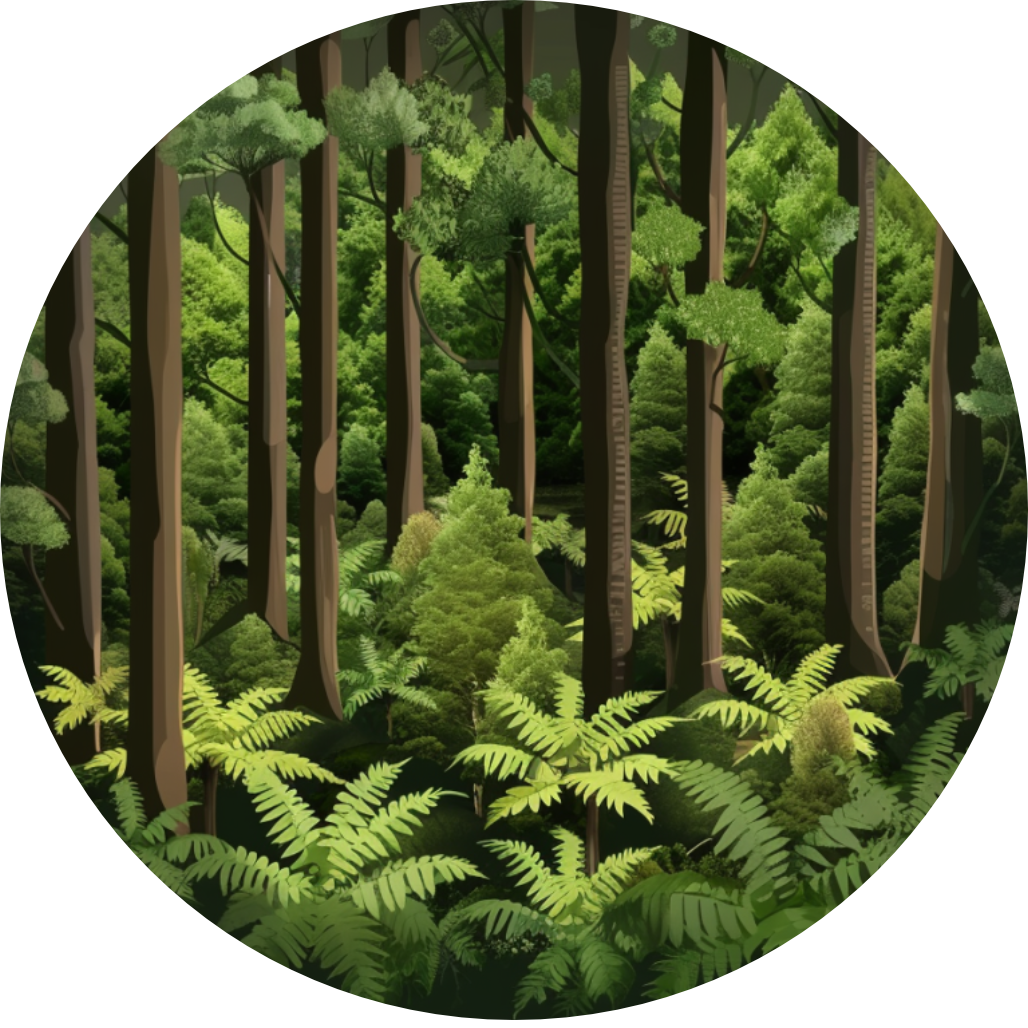
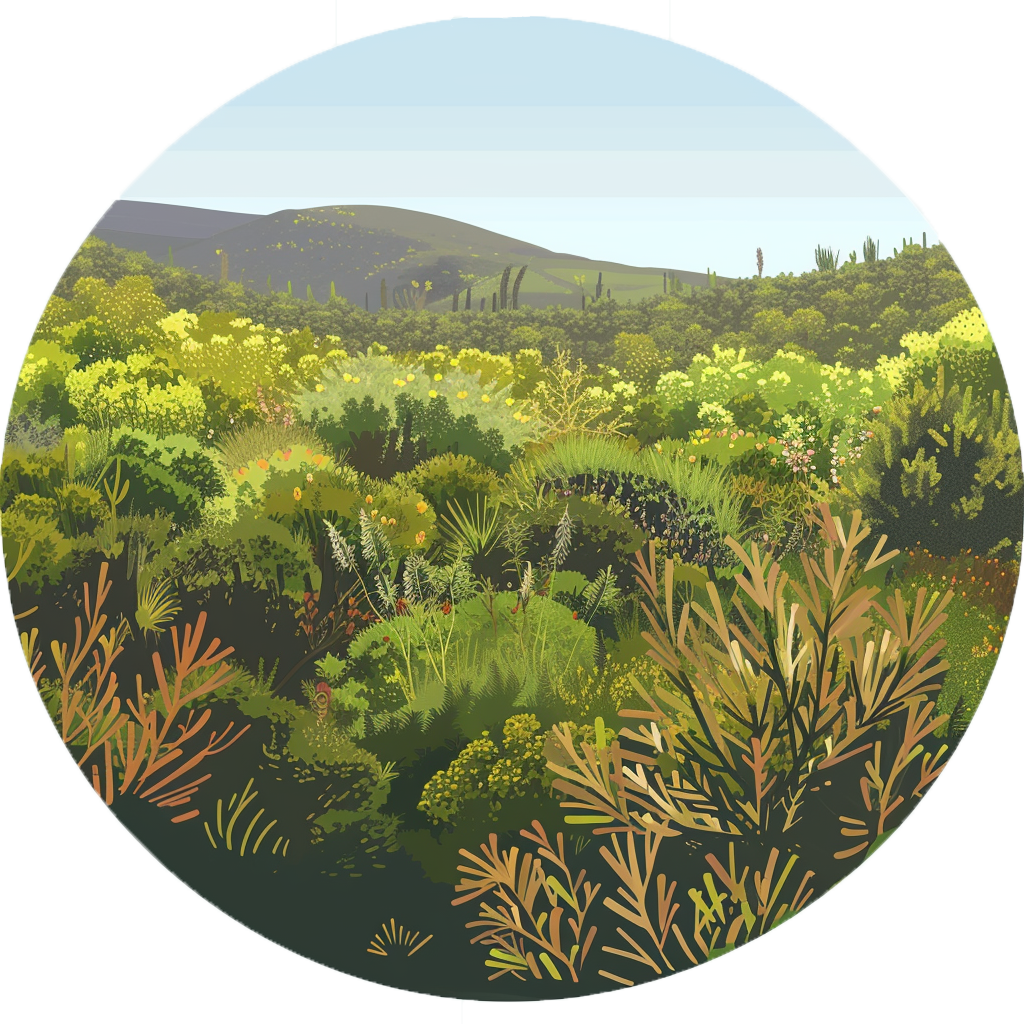
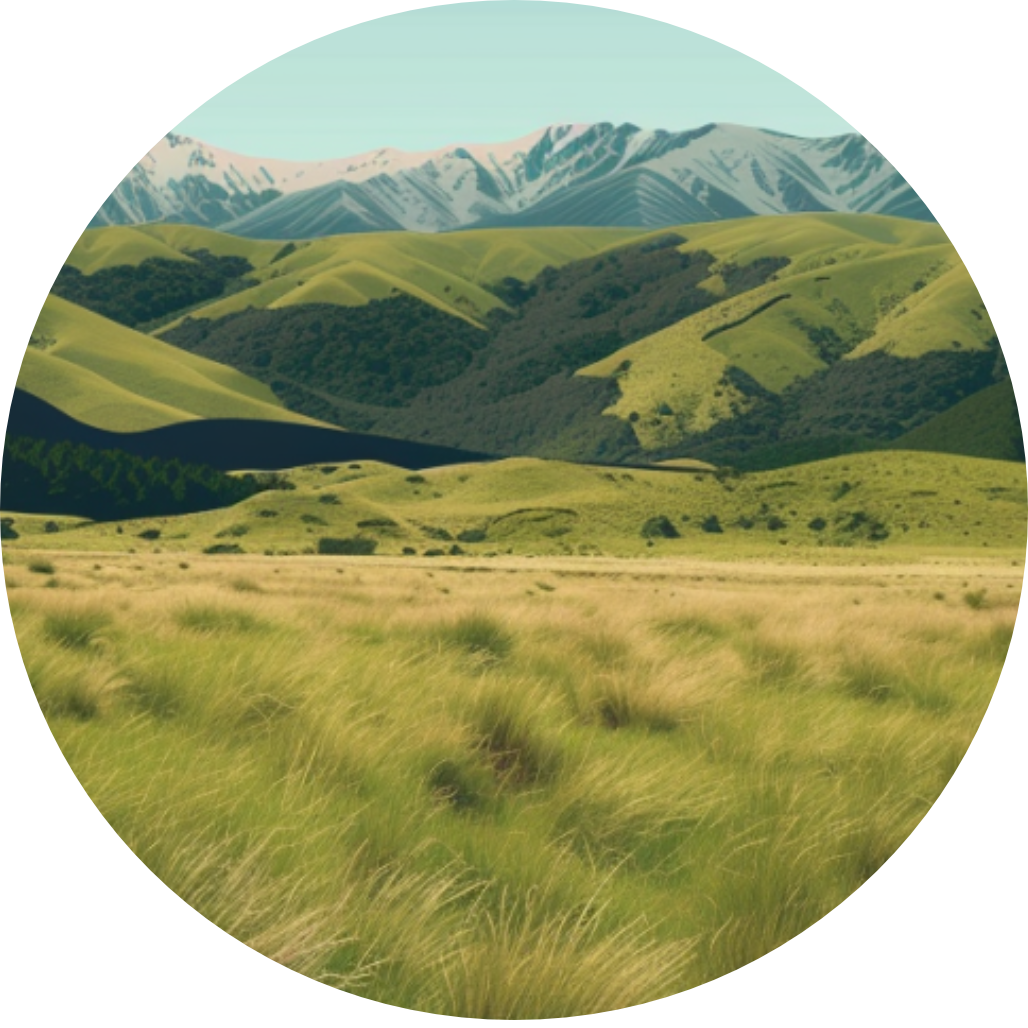
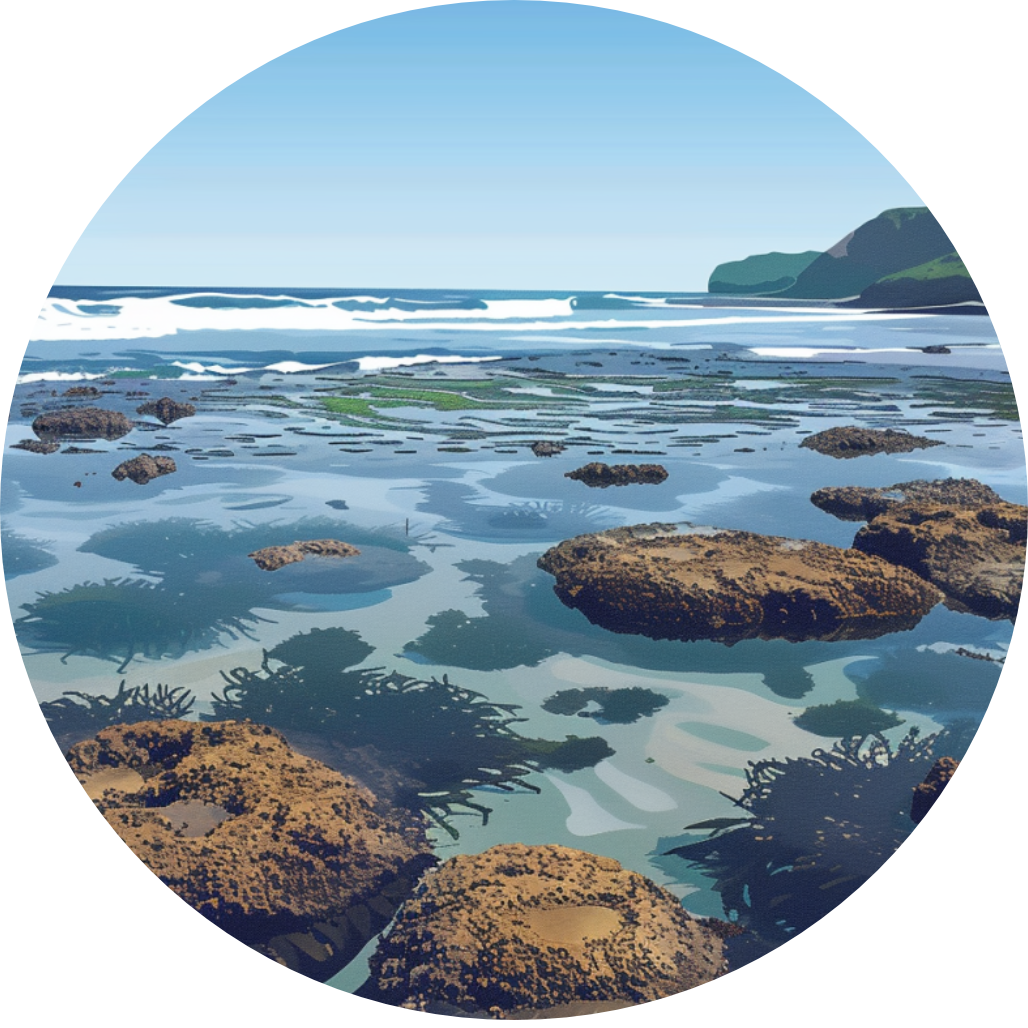
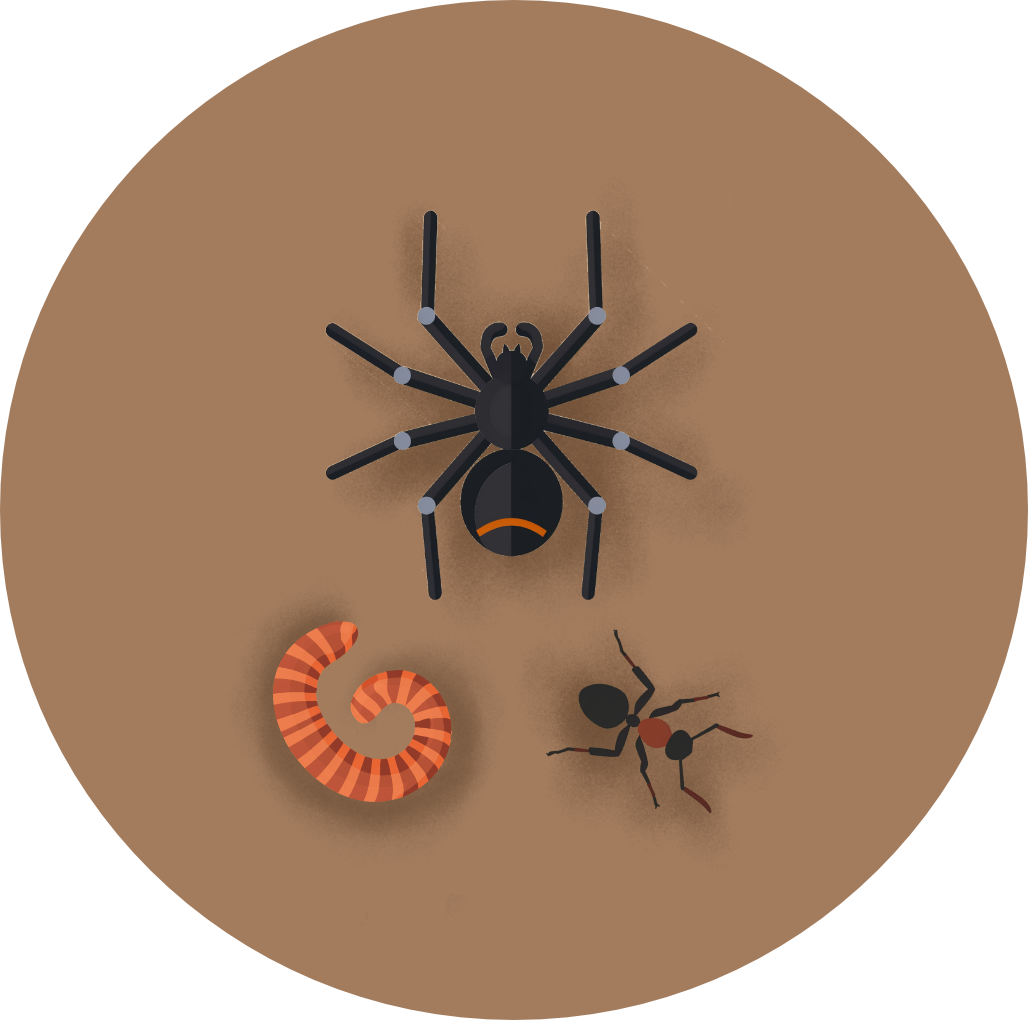
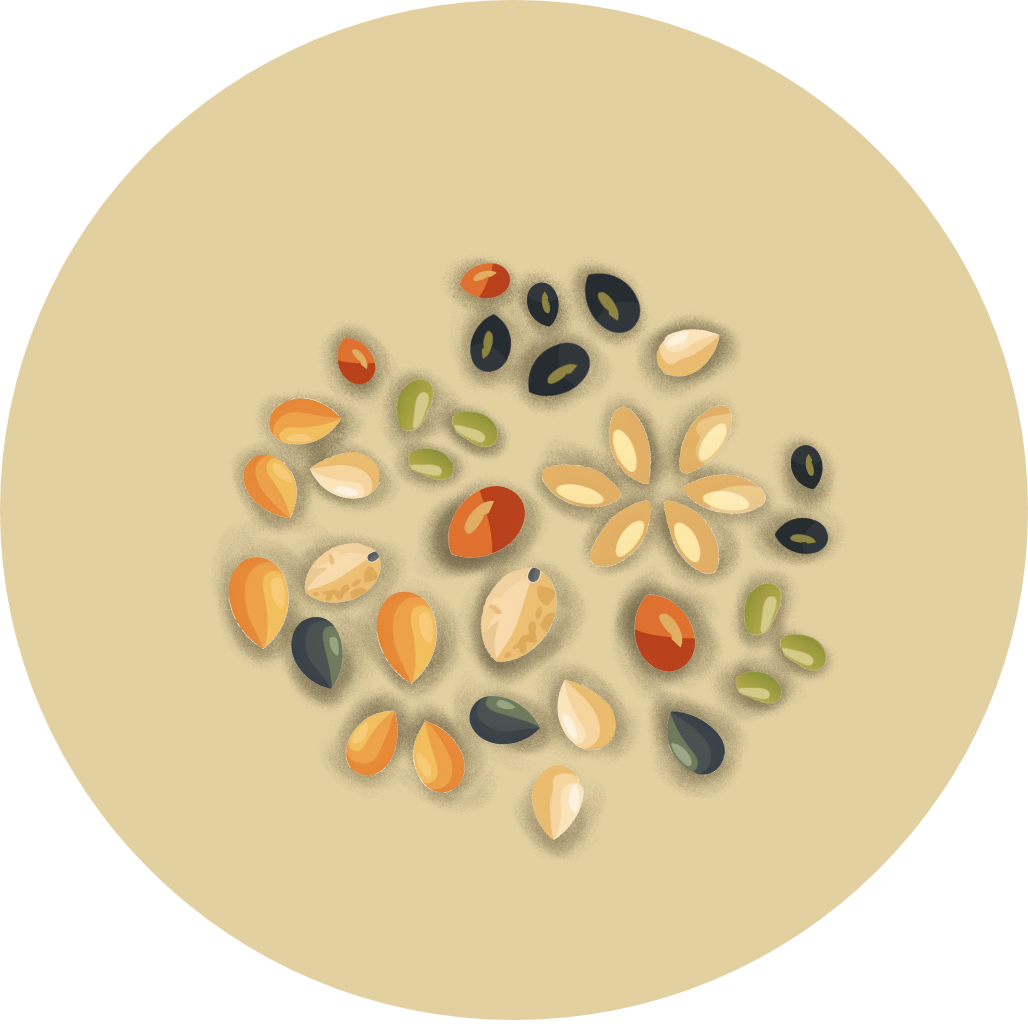
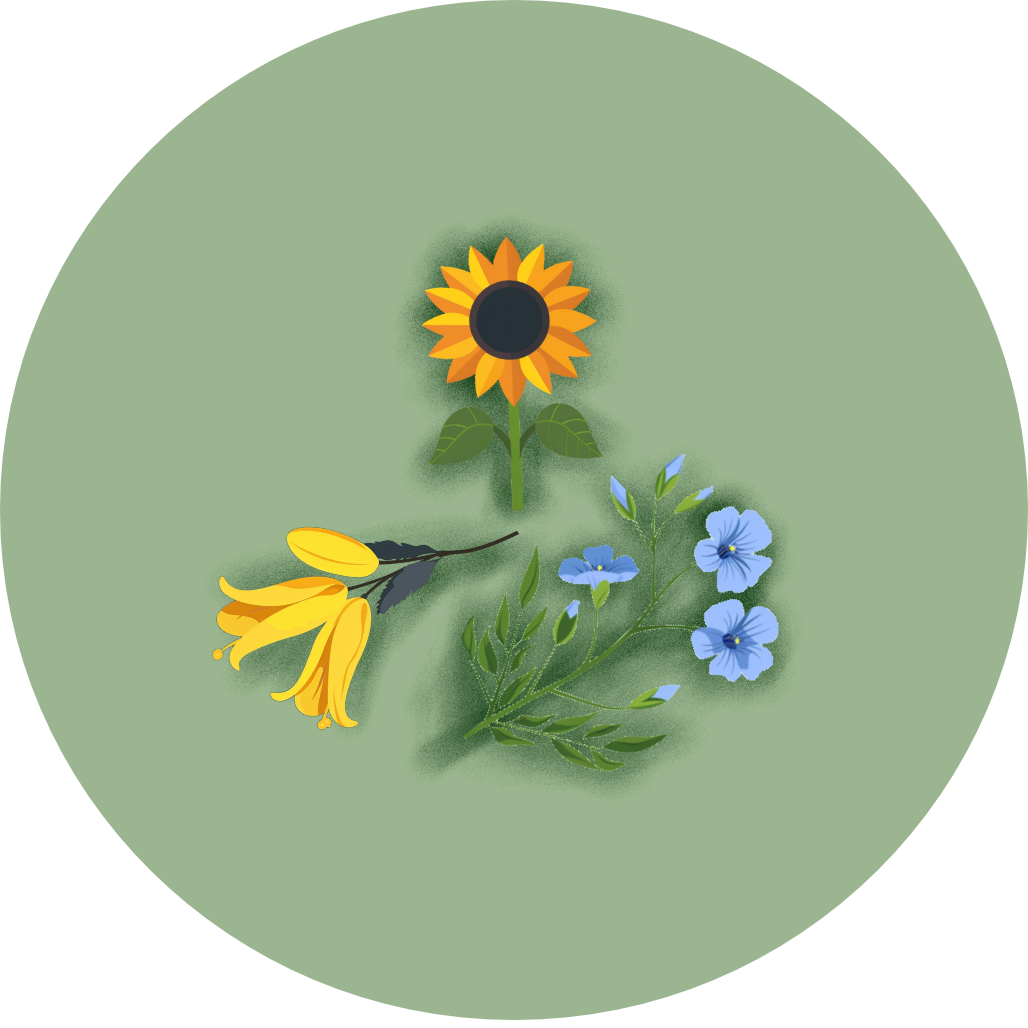

Coming Soon!
Top birding locations will be available in a future update.